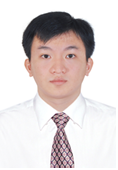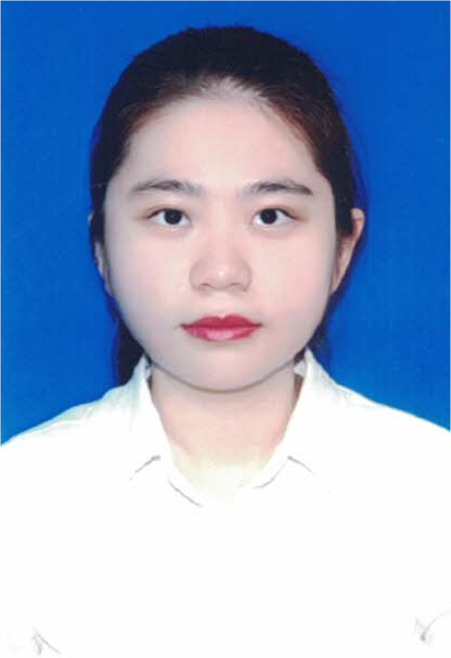SMART COMPUTING IN CIVIL ENGINEERING RESEARCH GROUP (SCCE)
Introduction
Along with the rapid evolution of computer science and information technology, smart computing methodologies based on artificial neural networks and machine learning algorithms, have been increasingly embraced in various engineering disciplines including civil engineering. Currently, several problems in civil engineering cannot achieve optimal solutions by virtue of traditional methods, e.g., analytical methods, experimental methods, and numerical methods (finite element method, finite discrete element methods, etc.). These typical problems are: (i) estimating the ultimate axial load capacity of pile foundations, (ii) building holistic solutions for the stability analysis of geotechnical problems, e.g. tunneling construction, slopes, retaining wall structures, and shallow foundation; (iii) evaluating the residual strength of aging reinforced concrete structures considering the corrosion of reinforcement, (iv) estimating the impact of wave height on coastal structures; (v) developing a thorough optimization framework for sustainable designs of reinforced concrete structures; (vi) applying text analysis techniques for risk assessments in construction management. These smart computing approaches are promising alternatives to current engineering problems which can deliver optimal solutions for many civil engineering practices in Vietnam.
- Mission and Vision
Our main mission is to gradually build and continuously develop a strong research group that contributes to the field of smart computing in civil engineering. Research subjects of the SCCE group are expected to accomplish the following important objectives:
- providing novelty and significant contribution to the development of the engineering discipline;
- the selected problems should be based on the requirements of current practices; and research outcomes should be potentially applicable to the industrial context.
- building a research team with high academic integrity and responsibility in research activities.
- the long-term goal is to provide a common place for scientists, engineers, and entrepreneurs to advocate technology transfer.
- Research topics
(1) Developing smart computing methods combined with field data to solve the following urgent problems: (i) load bearing capacity of the pile foundation; (ii) effect of reinforcement corrosion on the residual strength of reinforced concrete structures.
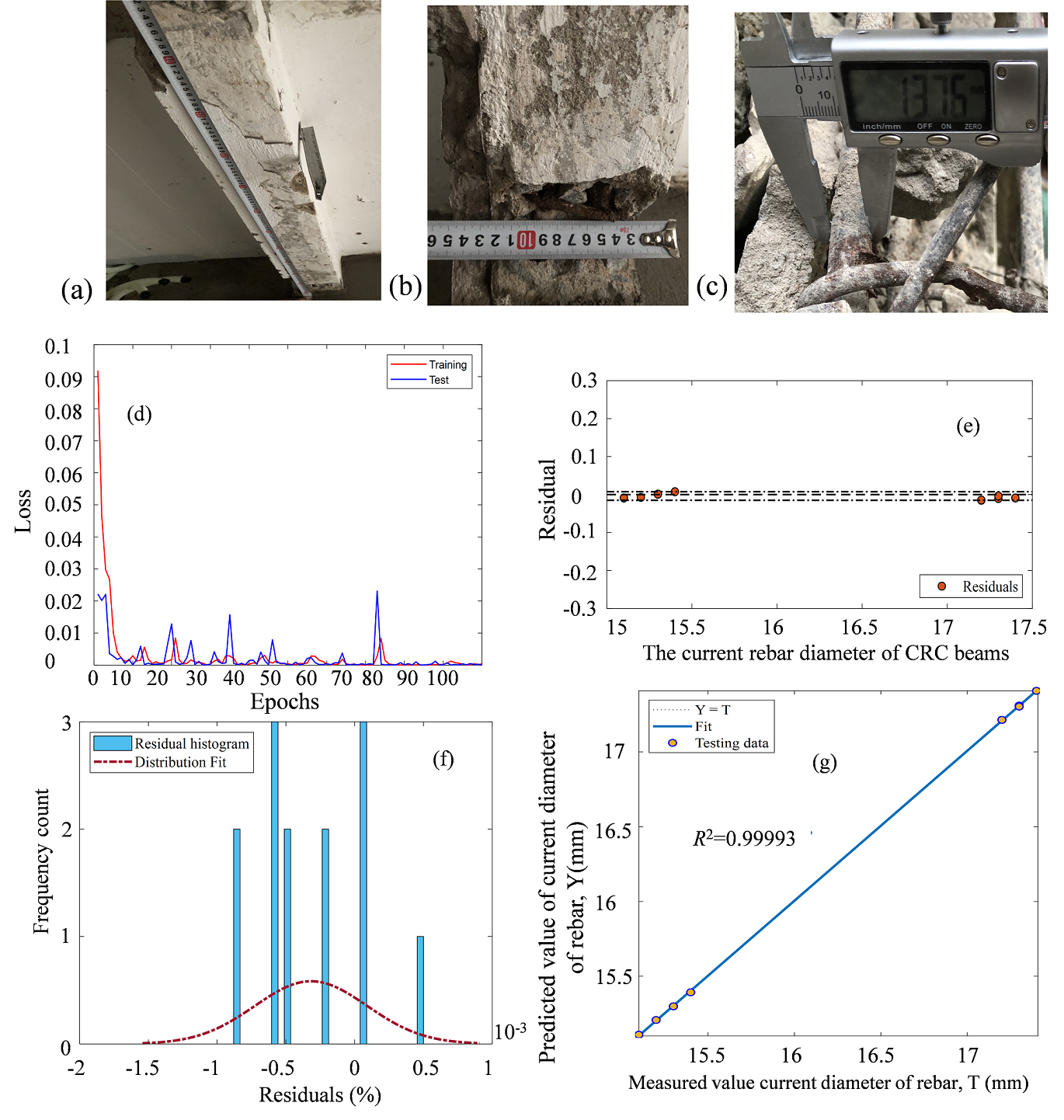
(2) Development of an integrated numerical method by combining artificial intelligence with conventional numerical methods (limit analysis, finite elements analysis) to solve wide-ranging problems in geotechnical problems (shallow foundation, deep foundation, tunnel construction stability, slope stability, etc.)
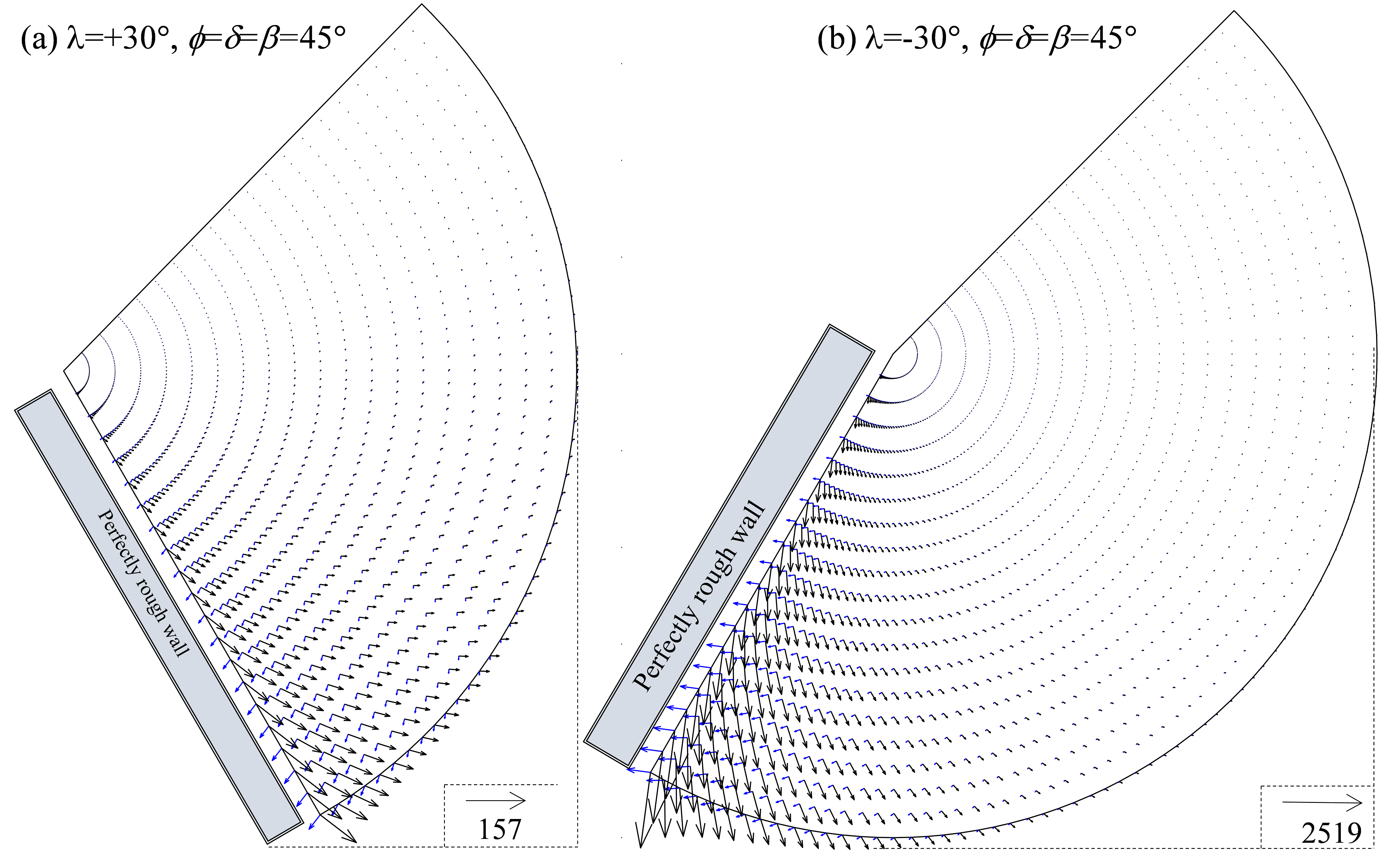
(3) Researching on and applying optimization algorithms in combination with artificial intelligence technology (machine learning and artificial neural networks) to optimize the structural weight, construction cost, and sustainability of concrete structures
(4) Development of high-precision solutions combining numerical, analytical, and artificial intelligence methods to problems in geotechnical engineering (lateral earth pressures exerting on retaining walls, effects of earthquakes on geo-structures) and in coastal engineering (estimate of river height, wave energy dissipation, etc.).
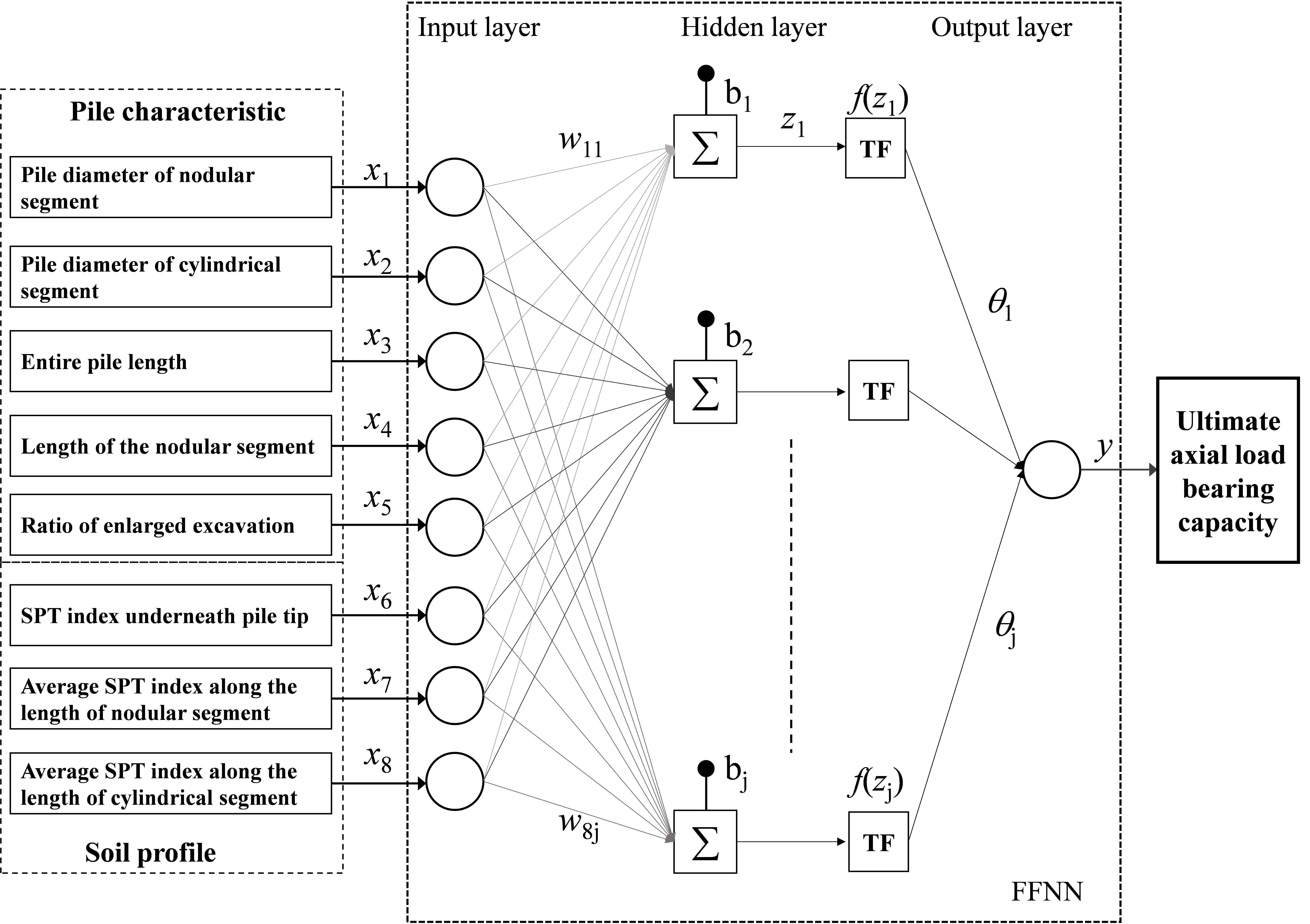
(5) Investigating and applying text analysis techniques (e.g. natural processing language) to analyze risk levels in project contracts, bidding documents, accident data records in construction, etc.
(6) Establishing models that are capable of solving coastal engineering problems related to the following: i) Breaking wave height and breaking water depth. In addition, applying the application of intelligent computation such as the artificial intelligence network (ANN) method, programming by genetic algorithm (GA), ... to predict the characteristics of breaking waves is also a direction; ii) Studying other important parameters representing a wave in the surf zone such as wave shoaling, wave run-up, wave set-up,…, iii) Studying and calculating the energy dissipation in the surf zone based on theories such as bore concept, stable energy concept, and air bubble concept, iv) Proposing a system of models to calculate wave propagation in shallow water, these computational models will be tested with actual measurement data at coasts with different natural conditions. Thereby, these models can be applied to the calculation and design of coastal structures corresponding to areas with different topographical features in the world, especially Vietnam.
- Current members
- Publications
|
|
Dr. Nguyen Tan Positions: Head of Smart Computing in Civil Engineering research group Areas of expertise: Geotechnical engineering, machine learning, reinforced concrete structures, computational geomechanics Research track record: • ISI papers: 9 • Total ISI Citations: 20 • ISI H-index: 2 • At most 5 top journals: - Computer and Geotechnics (Elsevier) - International Journal of Solids and Structures (Elsevier) - Structures (Elsevier) - Mechanics of Materials (Elsevier) - Soils and Foundations ((Elsevier) |
|
|
Dr. Tran Quang Khiem Positions: Member of Smart Computing in Civil Engineering Areas of expertise: Coastal engineering, wave transformation, soil stabilization, artificial neural network, gene expression programing.
|
|
|
Dr. Hoang Tran Mai Kim Trinh Positions: Member of Smart Computing in Civil Engineering Areas of expertise: Structural engineering, artificial neural network, structural optimization, sustainable design and construction. |
[1] Trinh, H. T. M. K., Chowdhury, S., Doh, J.-H., & Liu, T. (2021). Environmental considerations for structural design of flat plate buildings – Significance of and interrelation between different design variables. Journal of Cleaner Production, 315, 128123. https://doi.org/10.1016/j.jclepro.2021.128123 (Q1 journal)
[2] Trinh, T.M.K.H, Chowdhury, S.H., Nguyen, M.T., & Liu, T. (2021). Optimizing flat plate buildings based on carbon footprint using Branch-and-Reduce deterministic algorithm. Journal of Cleaner Production, 320, 128780. https://doi.org/10.1016/j.jclepro.2021.128780 (Q1 journal)
[3] Duong, N.T., Tran, K.Q., Satomi, T., Takahashi, H., 2022. Effects of agricultural by-product on mechanical properties of cemented waste soil. J. Clean. Prod. 365, 132814. (ISI)
[4] Duong, N.T., Tran, K.Q., 2022. Estimation of seepage velocity and piping resistance of fiber-reinforced soil by using artificial neural network-based approach. Neural Comput Appl. (ISI)
[5] K.Q. Tran, T. Satomi, H. Takahashi, Tensile behaviors of natural fiber and cement reinforced soil subjected to direct tensile test, J. Build. Eng. Vol. 24, July, 2019. (ISI)
[6] K.Q. Tran, T. Satomi, H. Takahashi, Effect of waste cornsilk fiber reinforcement on mechanical properties of soft soils, Transp. Geotech. Vol. 16, pp. 76–84, Septemper, 2018. (ISI)
[7] K.Q. Tran, T. Satomi, H. Takahashi, Improvement of mechanical behavior of cemented soil reinforced with waste cornsilk fibers, Constr. Build. Mater., Vol. 178, pp. 204-210, July, 2018. (ISI)
[8] K.Q. Tran, T. Satomi, H. Takahashi, Study on strength behavior of cement stabilized sludge reinforced with waste cornsilk fiber, Int. J. GEOMATE, Vol. 13, pp. 140–147, 2017. (Scopus)
[9] W. Rattanapitikon, K.Q. Tran, T. Shibayama, Estimation of Maximum Possible Wave Heights in Surf Zone, Coast. Eng. J., Vol. 57, January, 2015. doi:10.1142/S0578563415500011. (ISI)
[10] T. Nguyen, T. Pipatpongsa, T. Kitaoka, H. Ohtsu, Stress distribution in conical sand heaps at incipient failure under active and passive conditions, International Journal of Solids and Structures 168 (2019) 1-12. (ISI)
[11] T. Nguyen, T. Pipatpongsa, Plastic behaviors of asymmetric prismatic sand heaps on the verge of failure, Mechanics of Materials 151 (2020) 103624. (ISI)
[12] T. Nguyen, L.V. Tran, Arching effect in sand piles under base deflection using geometrically non-linear isogeometric analysis, Geomechanics and Engineering 26(4) (2021) 369-384. (ISI)
[13] T. Nguyen, An exact solution of active earth pressures based on a statically admissible stress field, Computers and Geotechnics 153 (2023) 105066. (ISI)
[14] T. Nguyen, Passive earth pressures with sloping backfill based on a statically admissible stress field, Computers and Geotechnics 149 (2022) 104857. (ISI)
[15] T. Nguyen, Statically Admissible Stress Fields in Conical Sand Valleys and Heaps: A Validation of Haar–von Kármán Hypothesis, International Journal of Geomechanics 23(2) (2023). (ISI)
[16] T. Nguyen, K.-D. Ly, T. Nguyen-Thoi, B.-P. Nguyen, N.-P. Doan, Prediction of axial load bearing capacity of PHC nodular pile using Bayesian regularization artificial neural network, Soils and Foundations 62(5) (2022) 101203. (ISI)
[17] T. Nguyen, T.T. Truong, T. Nguyen-Thoi, L. Van Hong Bui, T.-H. Nguyen, Evaluation of residual flexural strength of corroded reinforced concrete beams using convolutional long short-term memory neural networks, Structures 46 (2022) 899-912. (ISI)
[18] V.-H. Huynh, T. Nguyen, D.-P. Nguyen, T.-S. Nguyen, T.-M.-D. Huynh, T.-C. Nguyen, A novel direct SPT method to accurately estimate ultimate axial bearing capacity of bored PHC nodular piles with 81 case studies in Vietnam, Soils and Foundations 62(4) (2022) 101163. (ISI)
[19] S.C. Wanjala, T. Pipatpongsa, T. Nguyen, Experimental realization of incipient active failure in sand heap by seismic loading, Granular Matter 22(2) (2020). (ISI)
- Contact: https://civil.tdtu.edu.vn/en
- Log in to post comments



